
Ingredient
Rose infusion flowers
"The Fragrant Elixir: Unveiling the Delicate Beauty of Rose Infusion Flowers"
Rose infusion flowers, also known as rose petals, are the fragrant blossoms of the rose plant. They are typically harvested when fully bloomed and have a soft, velvety texture. These petals come in a range of colors, including shades of red, pink, yellow, and white. With their enchanting aroma and delicate appearance, rose infusion flowers are a popular choice for infusing dishes with a subtle floral note. They can be used fresh or dried, and their flavor intensifies when dried, becoming more concentrated and perfumed.
Origins and history
Roses have a rich history dating back thousands of years and have been cultivated for their beauty, fragrance, and medicinal properties. The cultivation of roses for culinary purposes can be traced back to ancient Persia, where rosewater and rose-infused dishes were highly valued. Over time, the use of rose infusion flowers spread to other parts of the world, including the Middle East, India, and Europe. Today, roses are grown in various regions globally, with different varieties prized for their unique flavors and aromas.
Nutritional information
Rose infusion flowers are low in calories and are a good source of vitamin C. They also contain antioxidants and have been associated with potential health benefits, such as reducing inflammation and promoting skin health.
Allergens
There are no known allergens associated with rose infusion flowers.
How to select
When selecting rose infusion flowers, look for petals that are vibrant in color, with no signs of wilting or browning. Choose petals that are free from pesticides or other chemical treatments. If purchasing dried petals, ensure they are still fragrant and have not lost their aroma.
Storage recommendations
To maintain the freshness and quality of rose infusion flowers, store them in an airtight container in a cool, dark place. Dried petals can be stored for up to a year, while fresh petals should be used within a few days.
How to produce
Amateur gardeners can grow rose plants in their gardens or in pots. Roses require well-drained soil, ample sunlight, and regular watering. With proper care and pruning, rose plants can produce beautiful blooms that can be harvested for their petals.
Preparation tips
Before using rose infusion flowers, gently rinse them to remove any dirt or debris. Fresh petals can be used as a garnish for salads, desserts, or beverages. Dried petals can be steeped in hot water to make a fragrant tea or used to infuse syrups, jams, or baked goods. Remember to use rose infusion flowers sparingly, as their flavor can be overpowering if used in excess.
Substitutions
If rose infusion flowers are not available, a suitable substitute would be rosewater or rose extract, which can provide a similar floral essence to dishes. Alternatively, other edible flowers such as lavender or hibiscus can be used to add a floral touch.
Culinary uses
Rose infusion flowers are commonly used in Middle Eastern, Indian, and Persian cuisines. They are often used to flavor desserts like rosewater-scented rice pudding, Turkish delight, or rose-infused ice creams. They can also be incorporated into savory dishes like rose-infused marinades for meats or used as a garnish for salads and cocktails.
Availability
Rose infusion flowers are commonly available in regions where roses are cultivated, including the Middle East, India, Europe, and parts of North America.
More ingredients from this category » Browse all

Hawthorn infusion flowers
"Nature's Heart-Boosting Elixir: Exploring the Delicate Beauty of Hawthorn Infusion Flowers"

Elder infusion flowers
The Enchanting Elixir: Elder Infusion Flowers

Red clover infusion flowers
The Healing Power of Red Clover Infusion Flowers

Sandy everlasting infusion flowers
The Fragrant Blooms: Sandy Everlasting Infusion Flowers
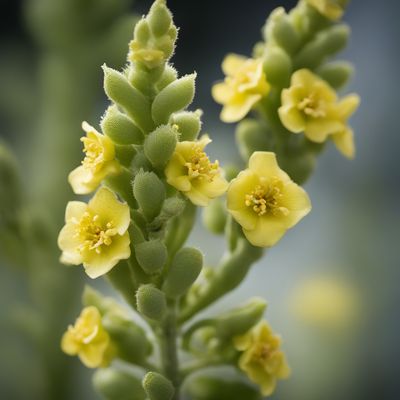
Mullein infusion flowers
"Nature's Soothing Elixir: Mullein Infusion Flowers"
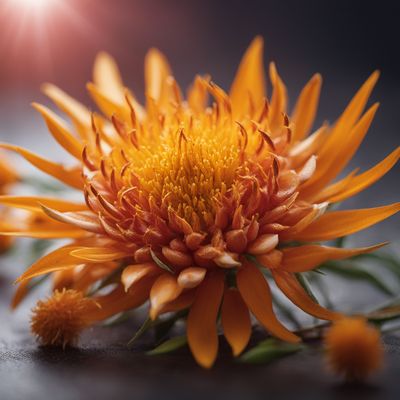
Safflower infusion flowers
The Golden Elixir: Unveiling the Beauty of Safflower Infusion Flowers

Field poppy infusion flowers
The Delicate Elixir: Field Poppy Infusion Flowers

Lavender infusion flowers
The Fragrant Elixir
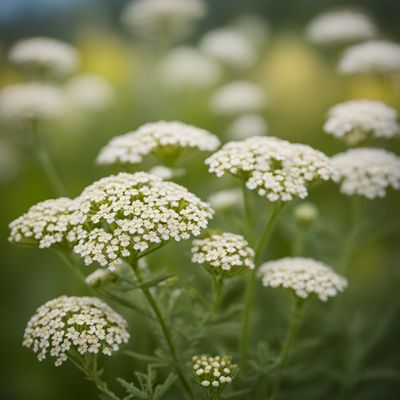
Yarrow infusion flowers
The Healing Power of Yarrow: Unlocking the Benefits of Infusion Flowers

Bee balm infusion flowers
The Floral Elixir: Bee Balm Infusion Flowers

Dyer’s broom infusion flowers
The Vibrant World of Dyer's Broom Infusion Flowers

Hollyhock infusion flowers
"Nature's Elixir: Unveiling the Beauty and Benefits of Hollyhock Infusion Flowers"
Recipes using Rose infusion flowers » Browse all

Taoist Basundi
Harmony in a Bowl: Taoist Basundi

Khoresht Mast with Saffron and Rose Petals
Saffron-infused Creamy Delight: Khoresht Mast
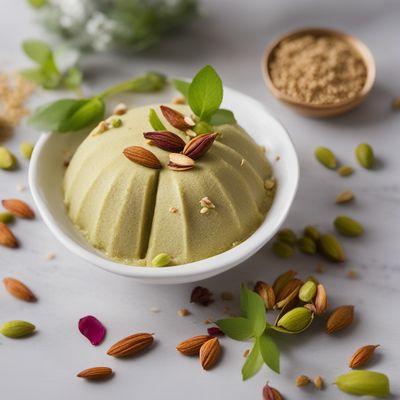
Maltese Matka Kulfi
Creamy Delights: Maltese Matka Kulfi

Gaziantep Baklava
Heavenly Layers of Sweet Delight: Gaziantep Baklava

Yunnan-style Avosso Canestrelli
Golden Blossoms: Yunnan-inspired Avosso Canestrelli
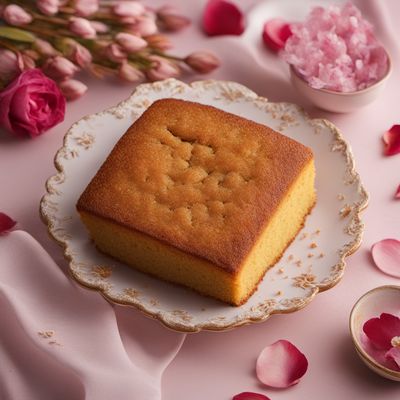
Berber-inspired Almond Cake
Saffron-infused Almond Delight
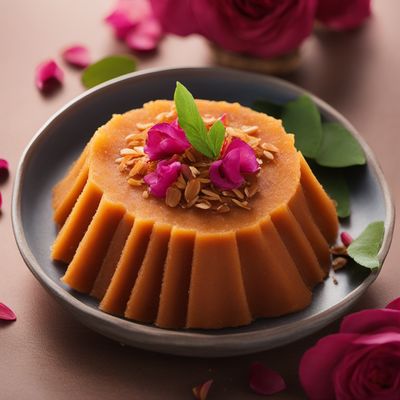
Peranakan Sweet Potato Halwa
Nyonya Delight: Sweet Potato Halwa with a Peranakan Twist
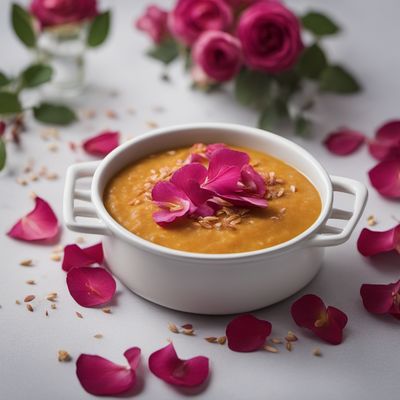
Maltese-style Sheer Pira
Indulgent Almond Delight: Maltese-style Sheer Pira

Rose Petal Jam
Aromatic Delight: Homemade Rose Petal Jam

British Rose Pudding
Delicate Rose Pudding: A British Twist on Turkish Güllaç

Rocky Mountain Rose Jam
Wildflower Delight: Rocky Mountain Rose Jam
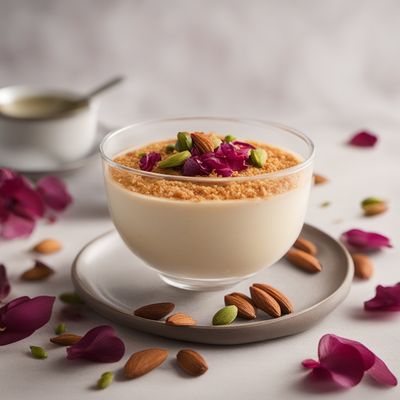
Sheer Pira - Creamy Rice Pudding
Velvety Delight - Indulge in the Creamy Goodness of Sheer Pira